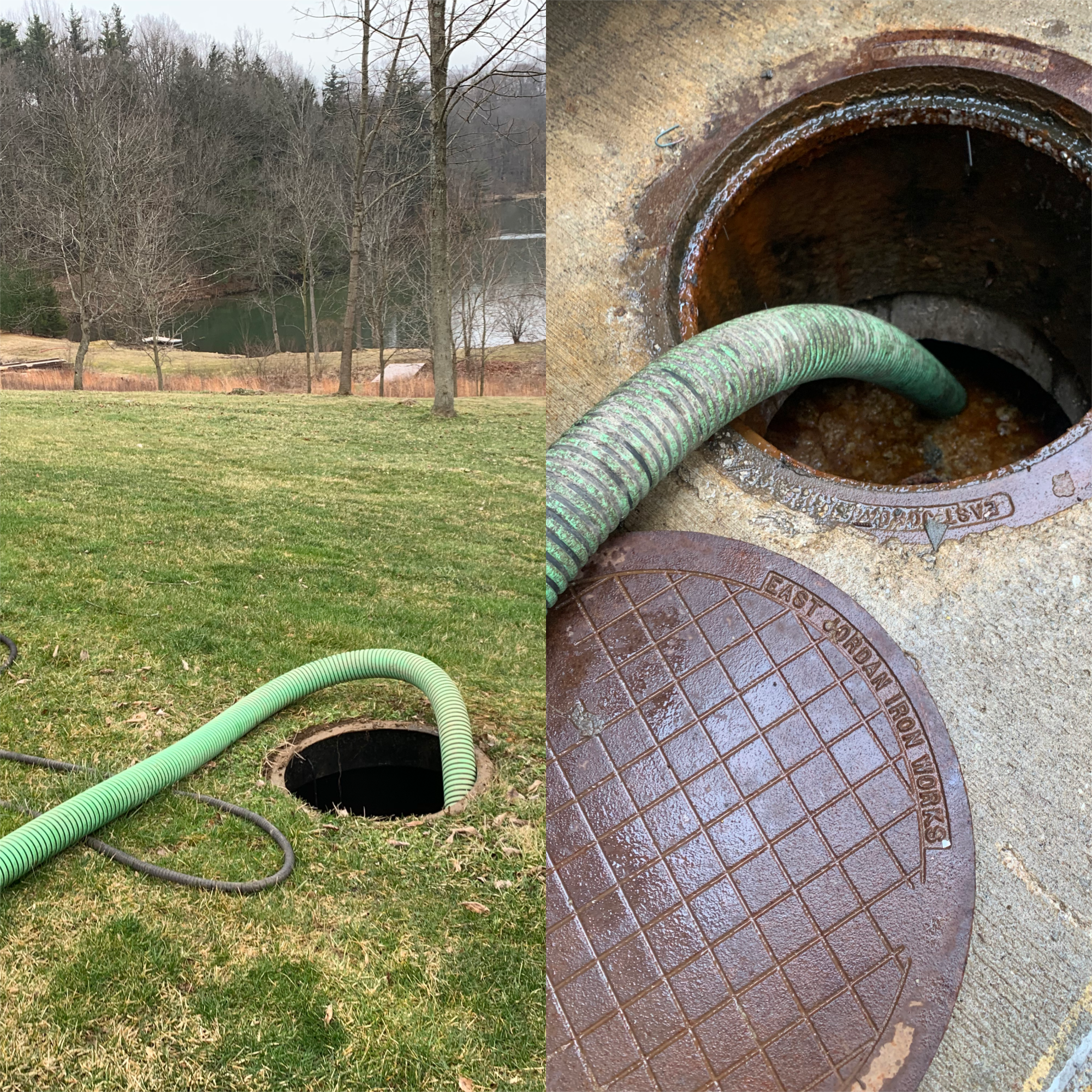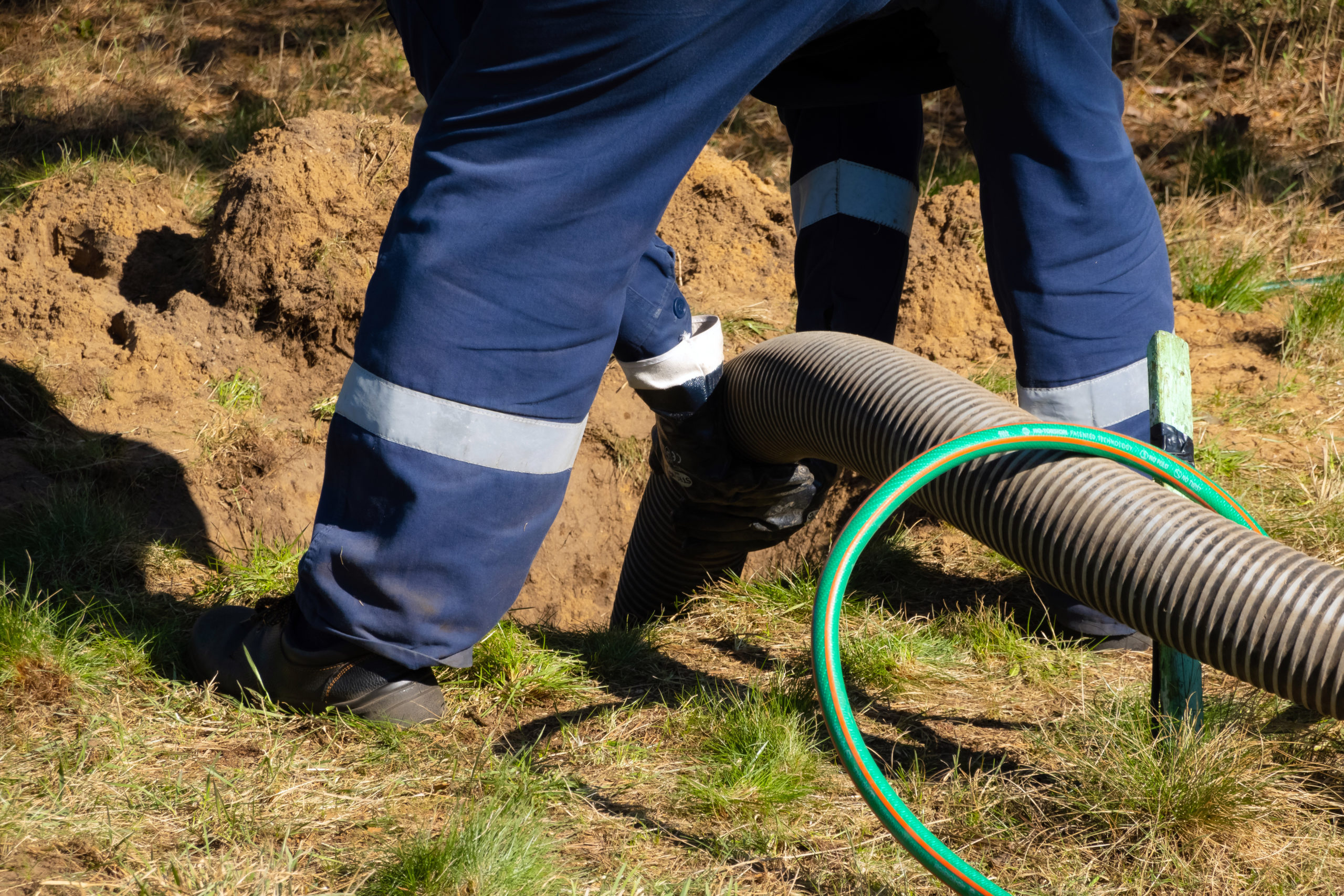Our Stillwell Septic And Grading PDFs
Our Stillwell Septic And Grading PDFs
Blog Article
The Basic Principles Of Stillwell Septic And Grading
Table of ContentsSome Known Factual Statements About Stillwell Septic And Grading All about Stillwell Septic And GradingThe Single Strategy To Use For Stillwell Septic And GradingThe Single Strategy To Use For Stillwell Septic And GradingOur Stillwell Septic And Grading DiariesNot known Facts About Stillwell Septic And GradingThe Of Stillwell Septic And Grading
Generally, septic system setup is a complicated process that calls for mindful preparation and execution. Property owners should deal with a reputable installation team and understand local regulations and demands to make certain that their septic tank operates appropriately for years ahead. After the septic container has actually been set up and attached to the drainpipe field, it is time to backfill the location.The backfill material should be without clods, big rocks, icy matter, and particles that can lead to voids in the backfill that may allow working out with time. Squashed rock or pea crushed rock 1/2-inch in diameter is favored if indigenous materials are not ideal. When the backfilling is total, it is time to landscape the area.
As soon as the septic system has actually been mounted, it is essential to check it to make certain that it is working properly (Septic Tank Repairs). https://stillwellsag.bandcamp.com/album/stillwell-septic-and-grading. Checking the system involves looking for leaks, ensuring that the storage tank is at the ideal level, and taking a look at the drainpipe field. Among the most usual tests performed is the hydraulic load test
Stillwell Septic And Grading Fundamentals Explained
The water is after that checked to make certain that it flows properly via the pipelines and into the drainpipe area. If the water does not flow appropriately or supports right into the tank, it may show a problem with the system. Another examination that is generally carried out is the color examination.
The color is after that monitored to make sure that it flows appropriately through the pipelines and right into the drainpipe area. If the dye does not flow correctly or appears in the incorrect area, it may indicate an issue with the system. It is crucial to have a professional execute these tests to guarantee that they are done properly.

Stillwell Septic And Grading Things To Know Before You Get This
Here are some important pointers for property owners to preserve their septic tank: The ordinary home septic system must be evaluated at the very least every 3 years by a septic solution professional. The frequency of pumping depends upon the dimension of the storage tank and the number of people utilizing it. https://www.mixcloud.com/stillwellsag/. A general guideline is to pump the storage tank every 3 to five years
Making use of water-efficient fixtures and devices, such as low-flow showerheads and commodes, can lower water use and assist the septic tank work more efficiently. Just flush toilet paper and human waste down the commode. Prevent purging anything else, including womanly health items, baby wipes, and cooking grease, as they can clog the system.
The Ultimate Guide To Stillwell Septic And Grading
Sewage-disposal tank setup is a complicated process that needs careful preparation and implementation. House owners need to be mindful of the necessary steps included in the installment procedure to make certain that their septic system works effectively and effectively. The primary step is to review the website where the septic tank will be set up.
Once the site has actually been examined, the next step is to prepare for the setup. Home owners must make sure that their professional is experienced in septic tank installment and will certainly work along with them throughout the process.
Some Known Details About Stillwell Septic And Grading

Property owners have to recognize the required actions included in the installation procedure to make sure that their septic system functions appropriately and effectively. By following these steps and maintaining their get more system, home owners can feel confident that their septic tank will provide trusted wastewater treatment for several years to come.
Almost one in five United state homes have septic systems. If you're not properly maintaining your septic system, you're not just hurting the setting, you're putting your household's wellness at riskand might be purging thousands of dollars down the drainpipe!
An Unbiased View of Stillwell Septic And Grading

All that added water can actually stress your septic system. This can be helpful especially if your system has actually not been pumped in a long time.
4 Easy Facts About Stillwell Septic And Grading Described
Know your system's place. When you have the storage tank pumped, attract a representation or map revealing its area in relationship to taken care of points - corners of the home, steps, or fencing messages.
Lower the amount of wastewater that must be treated and disposed of by your system: Laundry no more than one or two tons of clothes daily. Up to 53 gallons of water flooding your septic system with each load, so it's best to spread out laundry out over the week.
Report this page